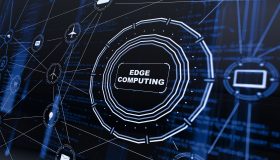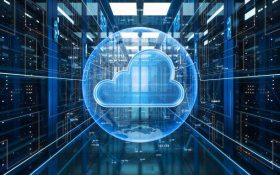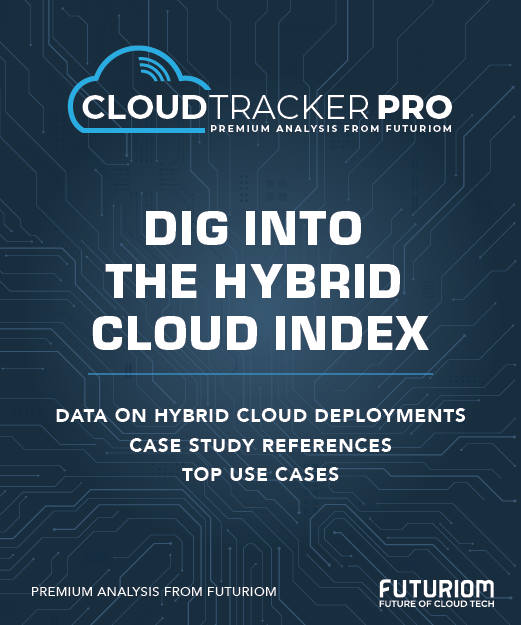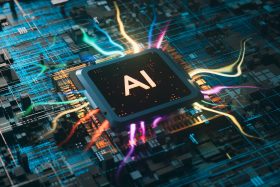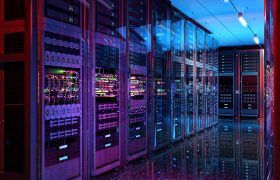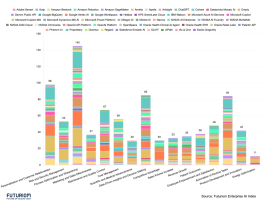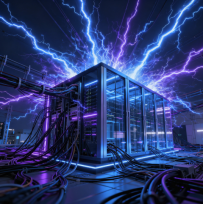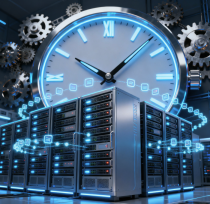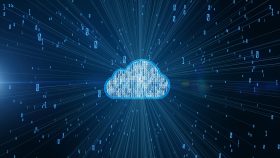Dell Pushes Disaggregation for the Private Cloud

To no one's surprise, AI was the star of Dell Technologies World, the global conference being held by the IT giant this week in Las Vegas. The May 19 opening keynote featured a blitz of announcements around the AI factory, including the introduction of the Dell AI Factory with Intel -- the matching piece next to Dell's AI work with NVIDIA and AMD. But Dell's more strategic side got the spotlight on Day Two (May 20), as the company explained its vision for the disaggregated datacenter.
The goal is flexibility: having pools of storage and computing resources that workloads can tap as needed. Hyperconverged infrastructure preached a similar message but became associated with vendor lock-in. Dell wants the concept to become more open.
Specifically, Dell's VxRail HCI products were built for VMware's vSphere. With VMware now owned by Broadcom and enterprises entertaining alternatives, it only makes sense for Dell to steer that HCI story toward more open waters, inviting alternatives -- specifically Red Hat OpenShift and Nutanix's AHV.
The endgame here isn't just a new type of HCI rack. The entire datacenter has become a product in a sense -- that's what NVIDIA's AI Factory concept is all about -- and Dell wants to be the one to place that product into the enterprise, leaving space for choices of software and operating systems.
To access the rest of this article, you need a Futuriom CLOUD TRACKER PRO subscription — see below.
Access CLOUD TRACKER PRO
|
CLOUD TRACKER PRO Subscribers — Sign In |


